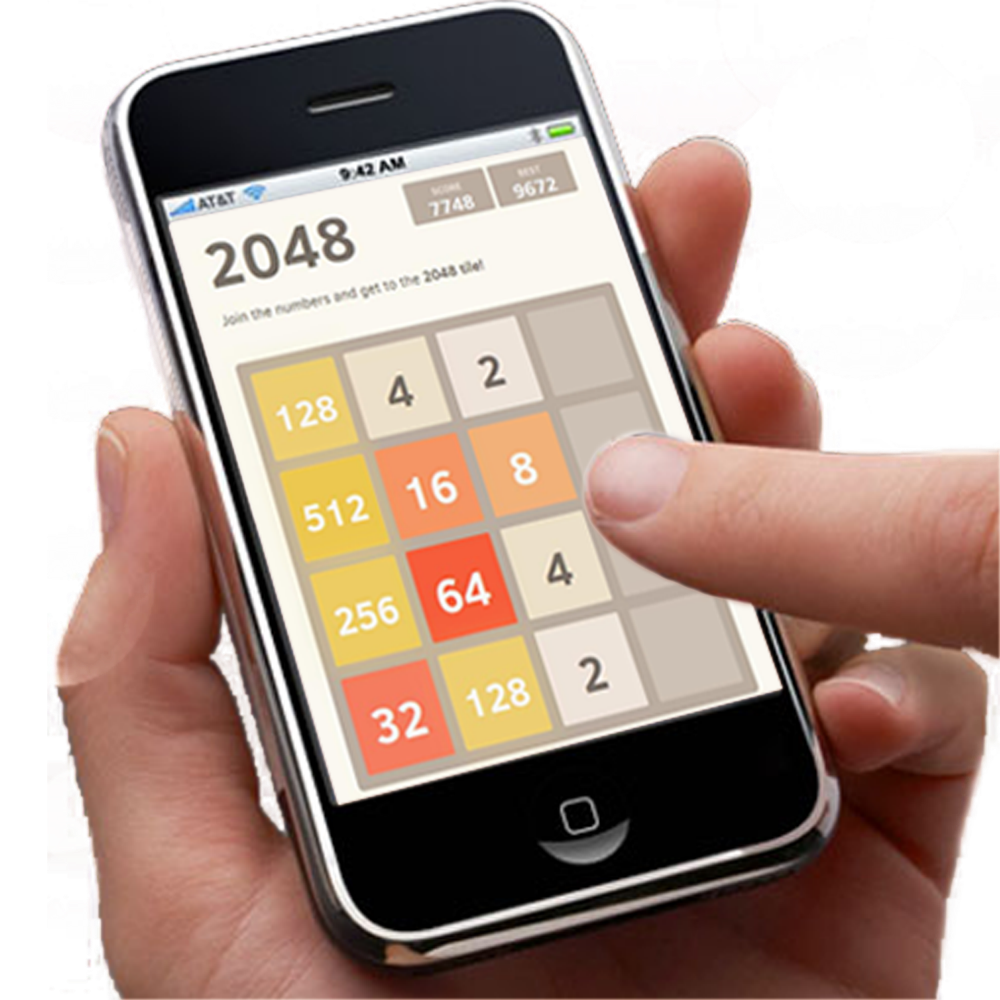Ever since the introduction of the smartphone, applications (apps) have been the big thing in the world of electronics. There are many different types of apps. For example, Apple’s app store has over ten categories for applications to be sorted into. With all these new tools, our lives are easier and more entertaining. In today’s world, it’s almost taboo to walk out of the house without your favorite mobile game right beside you. That being said, what makes these games and apps so addicting?
Games have been around since humans have been around. Sometimes we get bored, and what better way to entertain yourself than by smashing a bunch of green pigs with a bird via slingshot? I’m talking about Angry Birds, of course. This game, like most, started as one man’s idea for a fun way to distract yourself, and it turned into a huge multi-million dollar company with 10 different versions of the same basic idea.
There are countless other games out there all fighting to be the next big thing, but for some, popularity is not an achievement. Flappy Bird took over in early 2014 within the blink of an eye. Flappy Bird was released on May 24, 2013 and come January 2014, it was the only app people talked about. For a short time, it was the most downloaded app in all of America, the U.K. and China. At its height, Flappy Bird’s developer, Dong Nguyen, claimed to have a daily revenue of $50,000 just from in-app advertising.
After being a huge success, one month later in February 2014, Nguyen removed Flappy Bird from the market. According to Nguyen, the game had to come off due to “it’s addictive nature.” This raises the question of how much is too much? Apparently success is not on everyone’s bucket list, and only Nguyen could explain why he removed the game.
Regardless of what the next big game entails, developers will keep developing because our generation is hooked, and we can’t get enough of these time-wasting machines.



